Category: 5. Entertainment
-
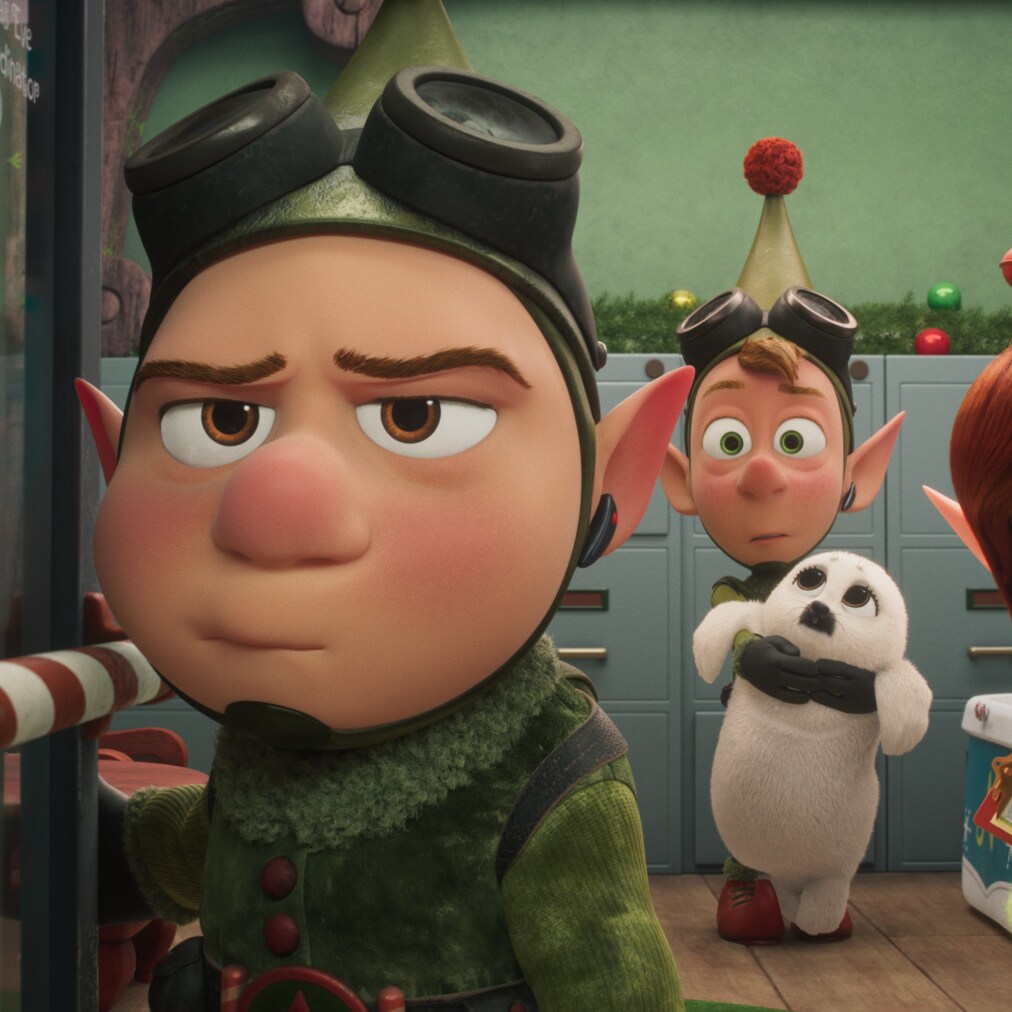
Merry Mishaps Ensue In New Trailer For ‘Prep & Landing: The Snowball Protocol,’ Streaming On Disney+ Nov. 28
The new special streams on Disney+ Nov. 28, the day after its Thanksgiving Day premiere on Disney Channel, Nov. 27 (7:00 p.m. EST/PST). Available now on Disney+, families can catch up on all previous specials: “Prep & Landing” (2009),… -
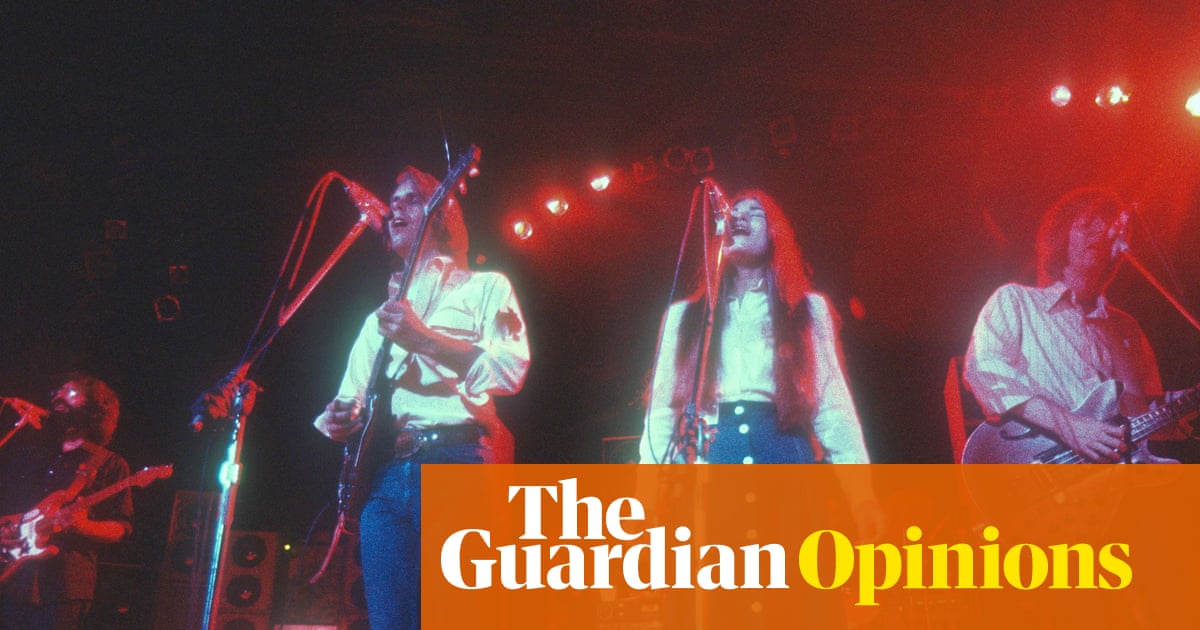
Donna Jean Godchaux supplied steel and soul to the Grateful Dead in their prime | Grateful Dead
By her own admission, Donna Jean Godchaux was not a fan of the Grateful Dead when she arrived in California – then Donna Jean Thatcher – in 1970. Already a music industry veteran at 23, she had spent five years as a member of Southern…
Continue Reading
-
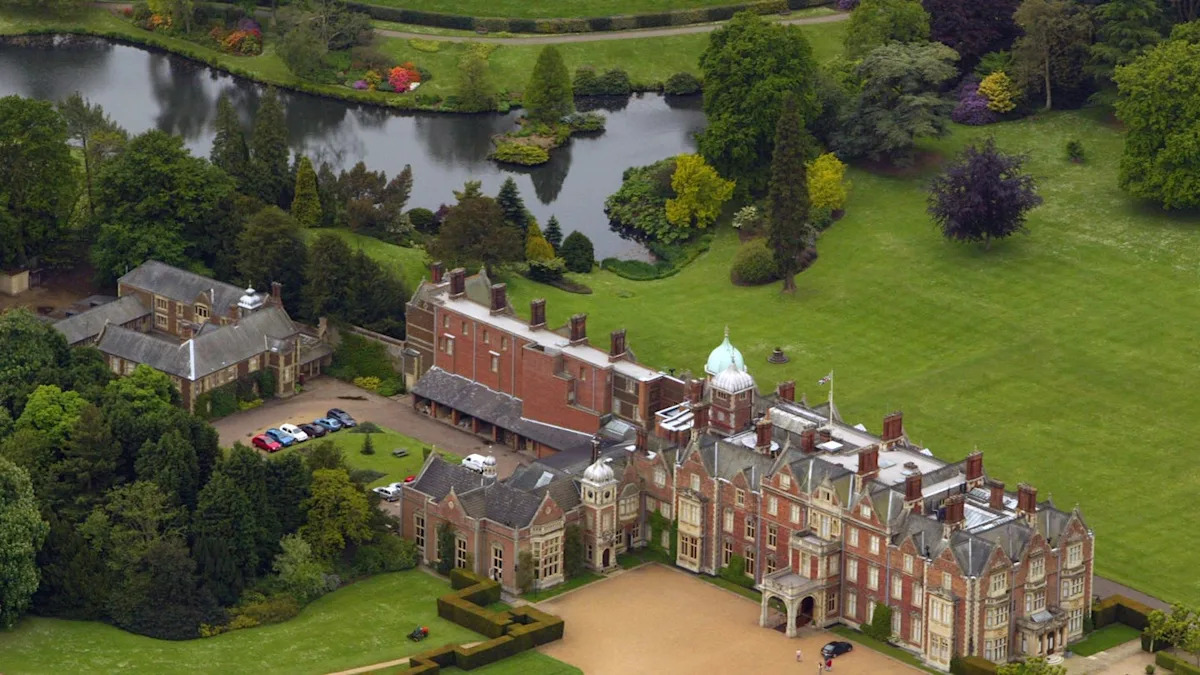
The Long History of the Sandringham Estate, Where Ex-Royal Andrew Mountbatten Windsor Will Soon Live
“Hearst Magazines and Yahoo may earn commission or revenue on some items through these links.”
Andrew Mountbatten Windsor is losing more than his royal title. Formerly known as Prince Andrew and the Duke of York, the brother of Britain’s King…
Continue Reading
-

The Latest PanelPicker® Sessions for the 2026 Innovation Conference
The community has voted and the PanelPicker sessions are here. Get a first look at some of the top trending themes that focus on how business leaders, Tech and AI professionals, and curious creatives are driving innovation and transformation…
Continue Reading
-
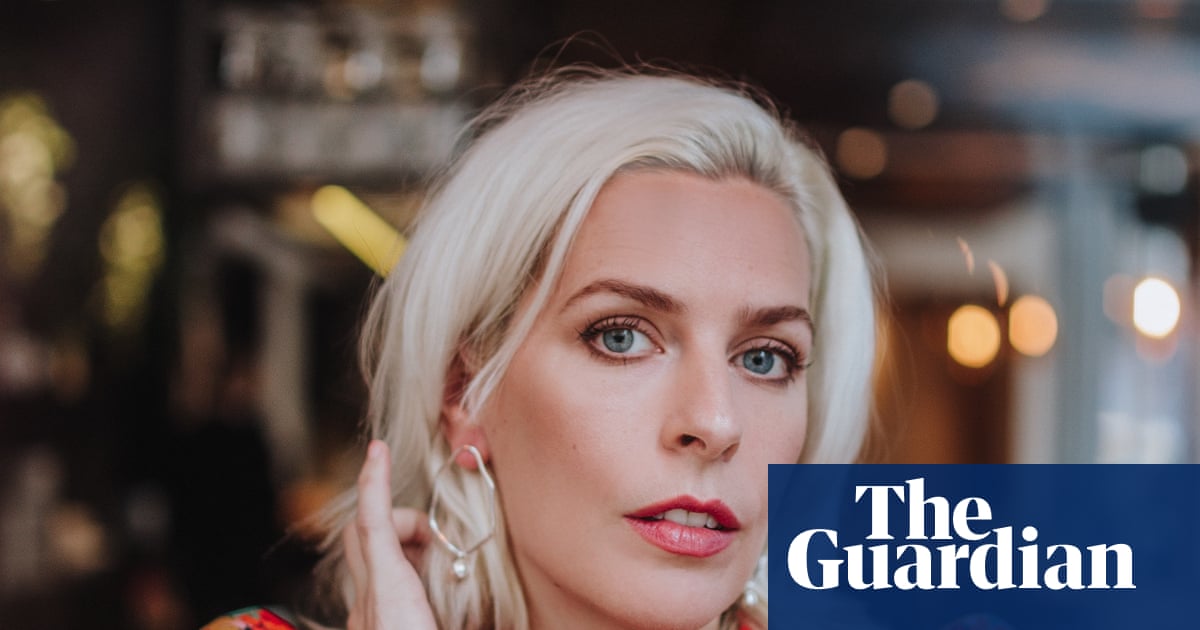
Sara Pascoe’s novel wins inaugural Jilly Cooper award | Books
Sara Pascoe has won the inaugural Jilly Cooper award at the 2025 Comedy women in print (CWIP) prizes with her novel Weirdo.
The award, newly created in honour of the author and journalist Jilly Cooper, who died last month, recognises writing that…
Continue Reading
-

The County Clare lion which was actually a ‘Mouse’
Rebekah WilsonBBC News NI
 An Garda Síochána Clare
An Garda Síochána ClareMouse is said to be delighted with his new found fame The case of a large “lion like” animal being spotted in a wooded area in the Republic of Ireland has been solved by Gardaí (Irish police).
A…
Continue Reading
-
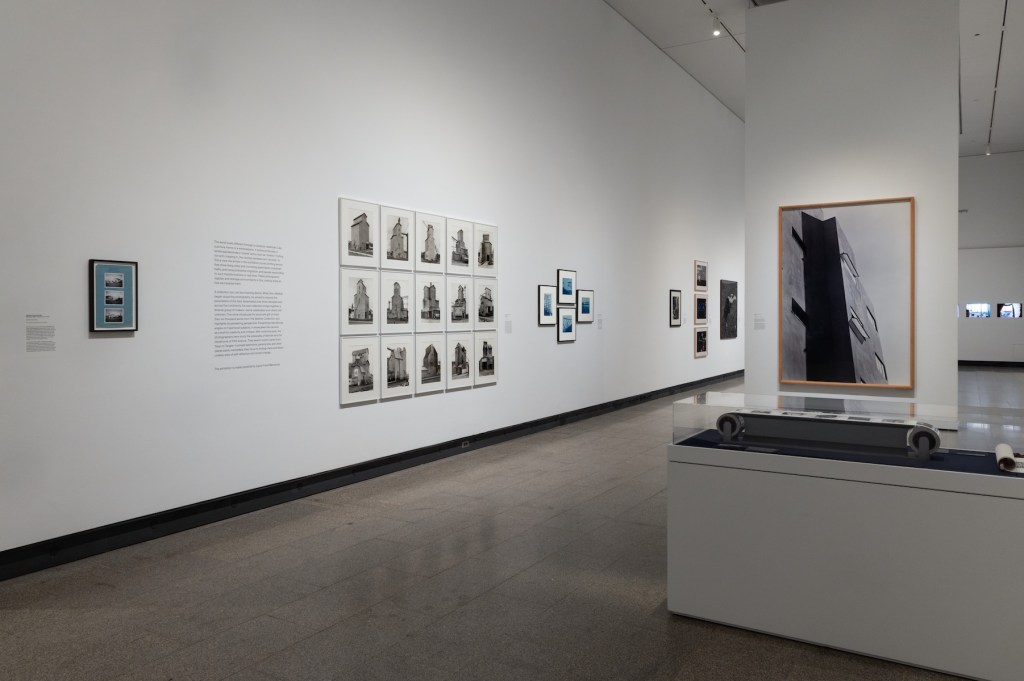
Selections from The Walther Collection”
Last May the Metropolitan Museum of Art in New York announced that photography collector Artur Walther, via his Walther Family Foundation, had made a promised gift to the museum of more than 6,500 works. Now, as a…
Continue Reading
-
Bulgaria, Romania and Moldova will return to Eurovision for Vienna 2026 – Eurovision.tv
- Bulgaria, Romania and Moldova will return to Eurovision for Vienna 2026 Eurovision.tv
- Second Statistics For Eurovoix Super Early Eurovision Predictions Eurovoix
- Welcome back Bulgaria! 🇧🇬 Joining us for #Eurovision70 in Vienna 2026 🥳|…
Continue Reading
-

Margaret Atwood reveals inspiration for ‘The Handmaid’s Tale’
From novels to poetry to essays to graphic novels, Margaret Atwood has dabbled in nearly every written medium there is, except for memoir. That changes now.
“Book of Lives” (out now from Doubleday) sits at a whopping 624 pages and chronicles…
Continue Reading
-
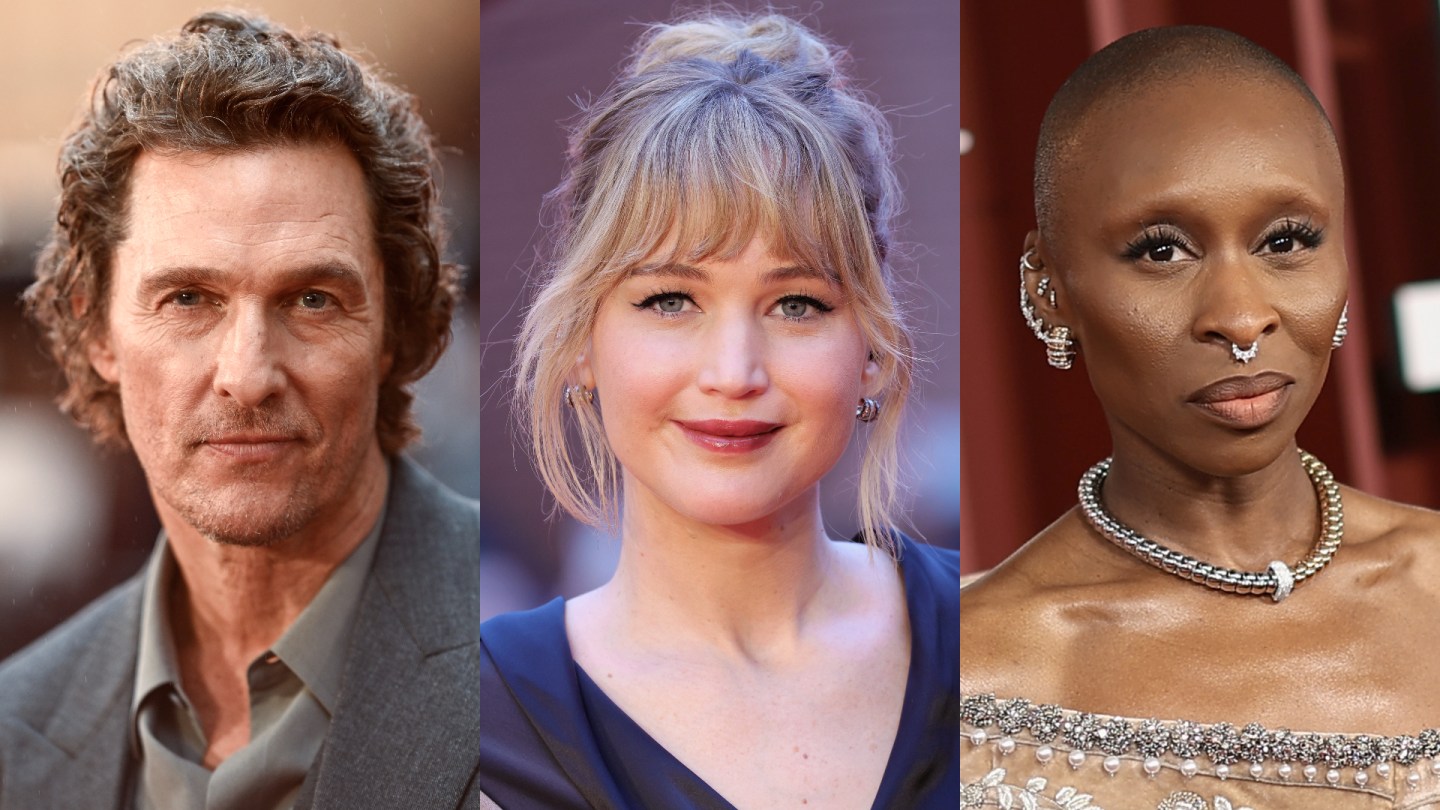
Matthew McConaughey, Jennifer Lawrence to Lead BAFTA Playback Series
Matthew McConaughey, Jennifer Lawrence, Cynthia Erivo and Jeremy Allen White are among the first actors to star in a newly-launched digital series from BAFTA.
BAFTA Playback, sponsored by Samsung, is a six-part series where Hollywood…
Continue Reading